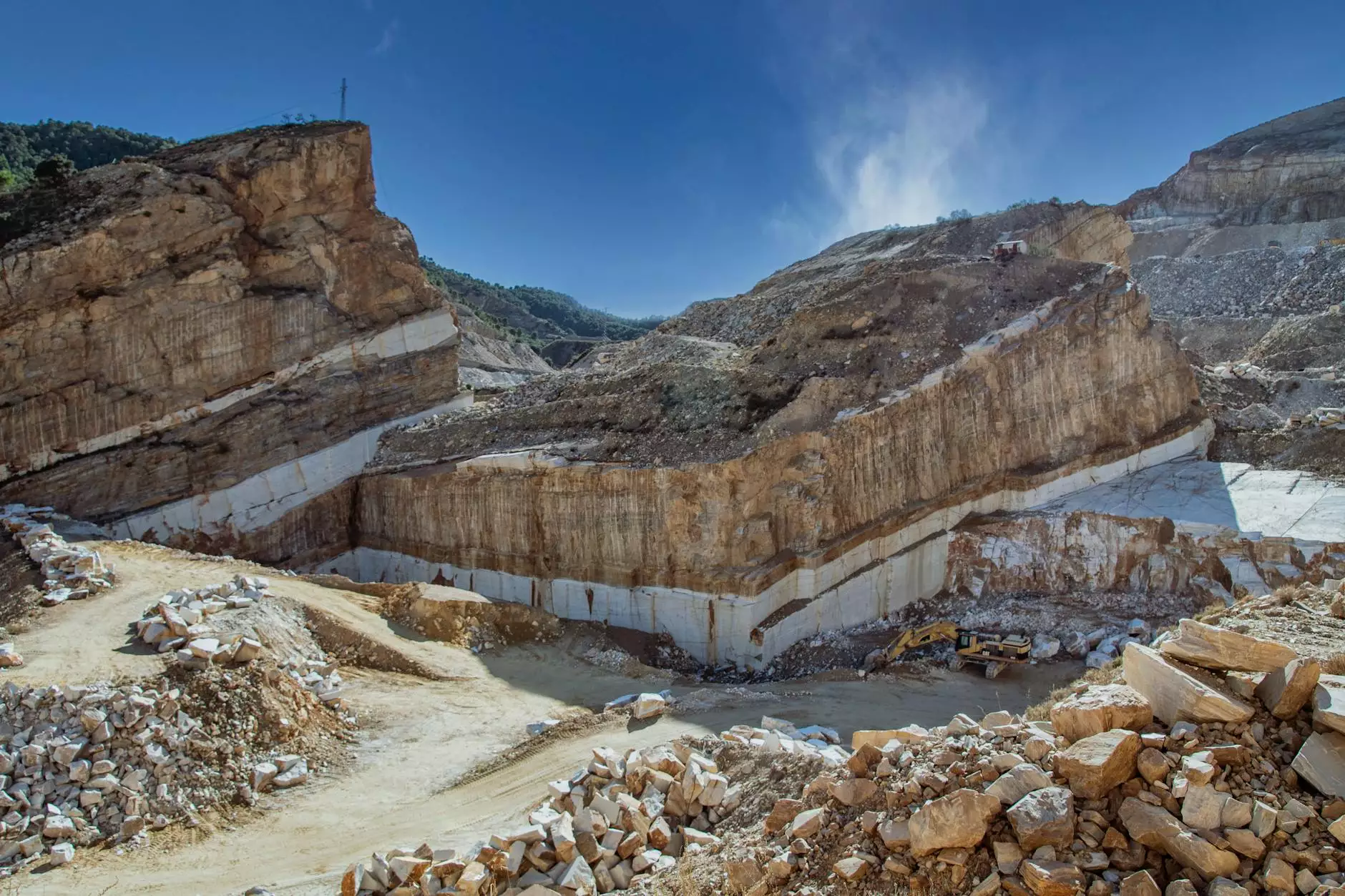Concrete Pool Resurfacing: The Ultimate Guide for Pool Owners

Concrete pool resurfacing is essential for maintaining the beauty and integrity of your swimming pool. Over time, exposure to the elements, chemical imbalances, and regular wear and tear can lead to surface damage. Whether you have a residential pool or are involved in commercial pool maintenance, understanding the importance and process of resurfacing will be invaluable. In this extensive article, we will explore all aspects of concrete pool resurfacing, helping you ensure your pool remains a stunning centerpiece for your outdoor space.
The Importance of Pool Resurfacing
Pool resurfacing is not just a cosmetic enhancement; it serves several critical functions:
- Safety: A damaged pool surface can pose risks, such as slips and injuries. Resurfacing gives your pool a safer, smoother surface.
- Maintenance: Regular resurfacing prevents more extensive damage that could lead to costly repairs.
- Aesthetic Appeal: A well-maintained pool enhances the overall value and appearance of your property.
- Increased Longevity: Resurfacing can extend the life of your pool, ensuring you enjoy it for many more years.
When Should You Resurface Your Pool?
Understanding when to resurface your pool is crucial. Look for the following signs that indicate it's time for concrete pool resurfacing:
- Cracking: Visible cracks or fissures can jeopardize your pool's structure.
- Chipping: When pieces of plaster or aggregate begin to chip away, it’s time to consider resurfacing.
- Staining: Persistent stains that cannot be cleaned may require resurfacing to restore the look of your pool.
- Roughness: If the surface feels rough to the touch, it’s no longer safe or comfortable for swimming.
Types of Pool Resurfacing Materials
Choosing the right material for concrete pool resurfacing is essential. Several options are available, each with unique benefits:
1. Plaster Resurfacing
Plaster is one of the most traditional materials used in pool resurfacing. It consists of a blend of cement and marble dust, providing a smooth finish. Benefits include:
- Cost-effective solution for resurfacing.
- Available in many colors.
- Smooth finish that feels great on the skin.
2. Aggregate Resurfacing
Aggregate finish involves mixing various stones, glass beads, or quartz with plaster, creating a durable surface. Advantages include:
- Enhanced slip resistance due to texture.
- Long-lasting and durable.
- Aesthetic appeal with a more natural look.
3. Pebble Tech Resurfacing
Pebble finish is popular for its extravagant look and feel. It consists of small pebbles blended with resin or plaster. Key features include:
- Unique, customizable designs.
- Incredibly durable and resistant to chemicals.
- Natural feel and aesthetic appeal.
The Pool Resurfacing Process
Understanding the steps involved in concrete pool resurfacing can help you prepare for the project:
1. Initial Inspection
The first step is a thorough inspection of the pool. This helps identify specific issues that need attention before the resurfacing begins.
2. Drain the Pool
Next, the pool needs to be drained completely. It’s essential to ensure that no water remains to prevent issues during the resurfacing process.
3. Preparation of the Surface
After draining, the surface must be prepared. This involves cleaning, grinding, and removing loose debris, ensuring a smooth application of the new surface material.
4. Application of Resurfacing Material
The selected resurfacing material is then applied. Depending on the material, this may require multiple layers to achieve the desired thickness and appearance.
5. Curing and Drying
Once the material has been applied, it needs to cure properly. This process can vary in time, depending on the material used. Note that the pool can only be filled after curing is complete.
6. Final Inspection
A final inspection ensures that everything was done correctly and that the new surface is smooth, even, and free of defects.
Maintenance Tips for Resurfaced Pools
Following resurfacing, it’s crucial to maintain your pool properly to extend its life. Here are some effective tips:
- Regular Cleaning: Keep the surface free of debris and dirt to prevent staining and maintain its luster.
- Proper Chemical Balance: Always monitor chemical levels in your pool to protect the surface from corrosion.
- Routine Inspections: Regularly check for cracks and wear to catch issues early before they escalate.
- Avoid Harsh Tools: When cleaning, avoid using abrasive tools that can scratch the surface.
Conclusion: Ensuring a Stunning Swimming Experience
Concrete pool resurfacing is more than just an aesthetic choice; it significantly impacts safety, longevity, and overall enjoyment of your swimming pool. By understanding the materials available, the resurfacing process, and maintaining your pool effectively, you can ensure that your pool remains the beautiful and safe oasis you've always envisioned. For expert assistance and services, consider contacting poolrenovation.com to meet all your swimming pool renovation needs.









